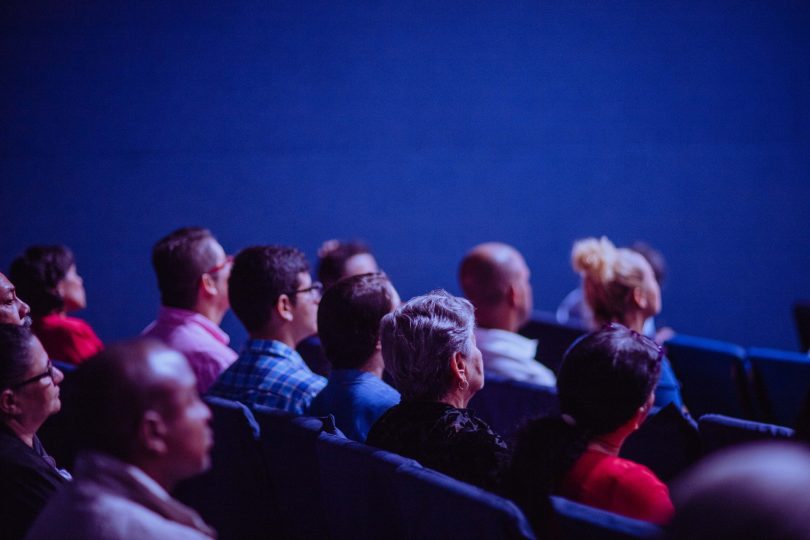The effects of the Time’s Up and #MeToo movements are being felt among emerging and veteran female film critics alike, as there is a shift towards gender equality in the industry.
Research for the Time’s Up Critical initiative in 2018 shows that more than three quarters of professional film critics are male and about 80 per cent are white.
Freelance film critic and academic, Alexandra Heller-Nicholas, says men typically have greater access to these professional roles, despite the number of highly regarded female film critics in Australia.
“It’s about men being the default. We see that not just in film criticism but also in directing and in cinematography. We see it in lots and lots of different elements,” she says.

Alexandra Heller-Nicholas. Photo supplied.
A study of the top 300 films on Rotten Tomatoes from 2015-17 shows the ratio of white male top critics’ reviews to those of underrepresented females is 31 to 1, and almost half of the top films lack reviews from underrepresented female voices entirely.
RMIT professor in film studies, Lisa French, says that reviews can make or break filmmakers’ careers and determine what is seen on our screens.
“I think a lot of male critics actually do miss important things about the work they’re looking at because they’re just the wrong audience for the film,” Professor French says.

Professor Lisa French. Photo by Sarah Adams
Professor French told City Journal that reviews do not just determine whether audiences will see a film, but can influence how long a film is available to audiences in cinemas.
She says the power of male reviewers is a part of an “insidious loop” that continually keep women out of the film industry, especially given that female directors have higher percentages of female employees than male directors.
Improvements are being made for gender equality in film. The Time’s Up movement has prompted new initiatives such as Time’s Up Critical, which provides a diverse database of critics, and the 5050×2020 campaign which is designed to improve reporting and transparency around gender and diversity in film festivals.
Rotten Tomatoes is diversifying its pool of critics – 55% of its new critics are women, 60% are freelancers, and 10% work via YouTube, podcasts and other emerging avenues.
Online publications such as these allow female film critics, like freelancer and founding member of Rough Cut, Claire White, to carve out a niche.
“We have created our own spaces for female voices to be published, not only with Rough Cut, but with publications like Screen Queens and Read Me in the UK, and Reel Honey in North America.”
Ms White says that as a young, emerging critic she feels supported by a strong community of female writers.
She says a lack of diversity and intersectionality among critics remains a problem for the industry, as well as limited access for people who have to work other jobs alongside freelancing or who live remotely.

Claire White. Photo supplied.
“There are a lot of old critics who are still in circulation and it can be difficult for young voices to break into the industry,” Ms White says.
Formal initiatives and labs can foster new talent and give female critics a start or further recognition in the industry.
“I’ve benefited greatly from programs and mentorship such as the Melbourne Women in Film Festival Critics Lab, which is designed specifically for female film critics, as well as the MIFF Critics Campus, the chosen critics of which were majority female with female mentors,” says Ms White.
Ms Heller-Nicholas, a past mentor in the program, says that formalised processes for entering the industry can give confidence to young critics and prevent the stereotype of women being “pushy” for trying to get a foot in the door.
Featured Photo by Luis Quintero on Pexels.


